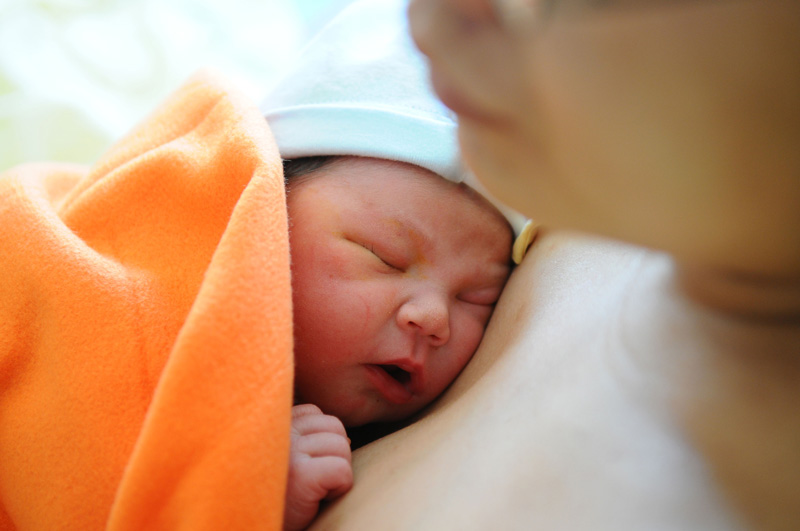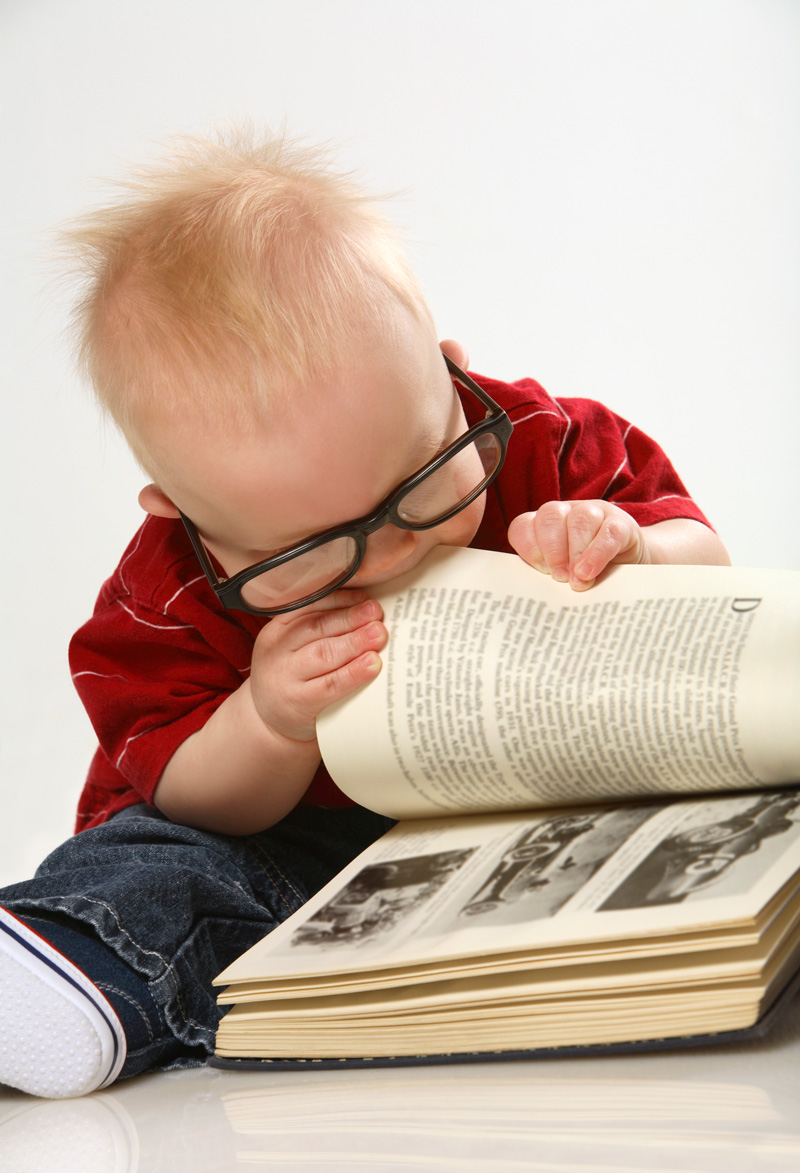However, babies need more social interaction than touch alone. Infants notice how parents touch them as well. In one experiment, researchers randomly assigned newborns to one of two interactions. Half of the babies were stroked by a silent caregiver for 15 minutes, and the other babies were stroked by the same caregiver for 15 minutes in combination with eye contact and soothing speech. The babies who received affectionate touch in combination with eye contact and soothing speech were comforted. They showed a drop in stress hormone levels, but the babies who were stroked in isolation showed a surge in stress hormone levels.4











